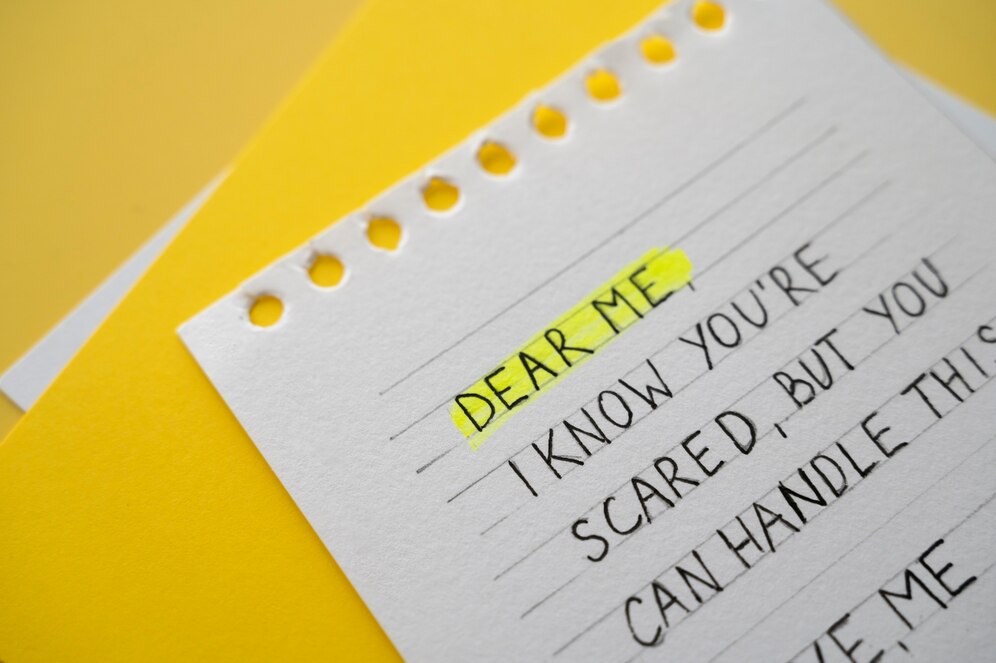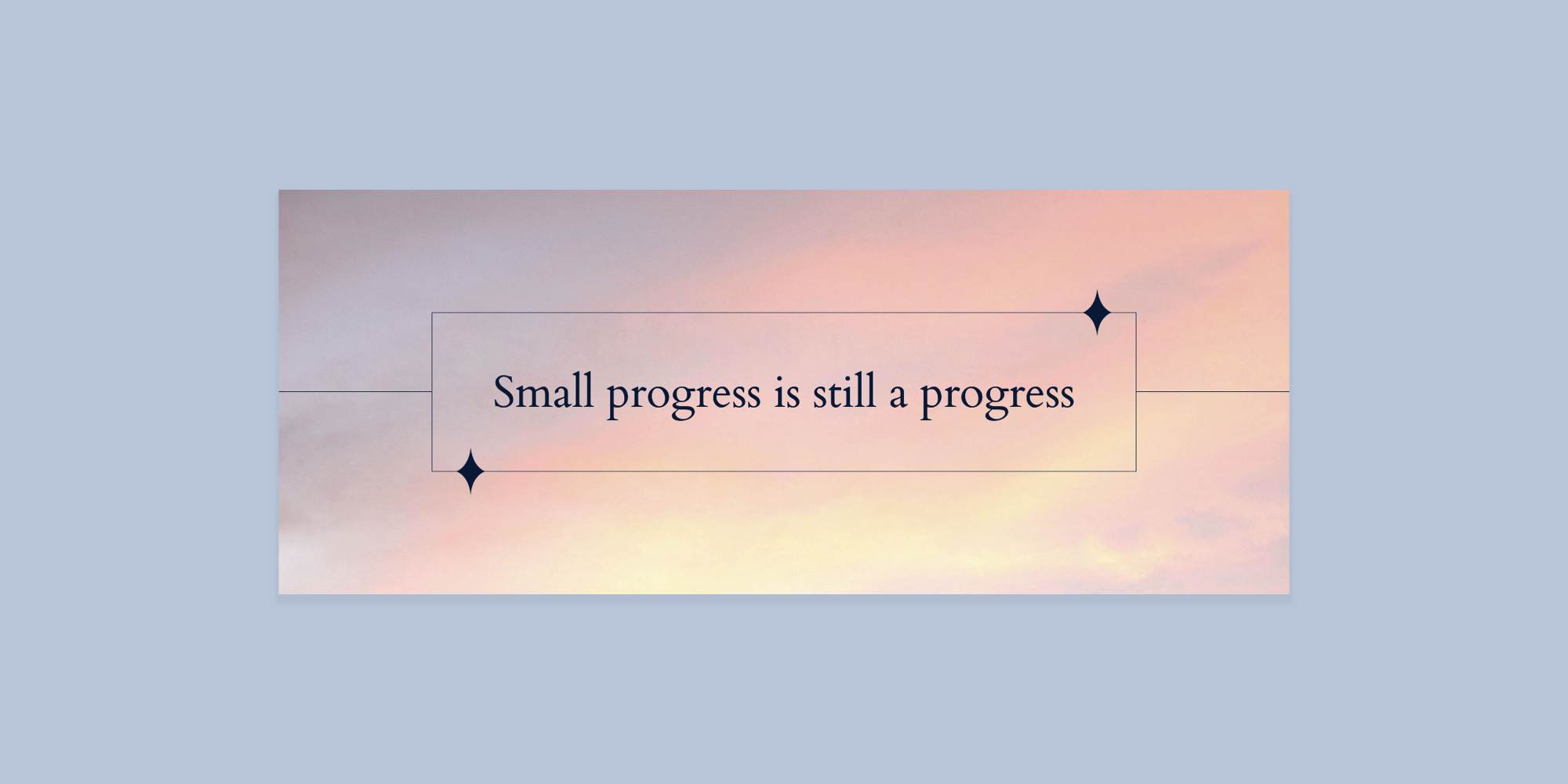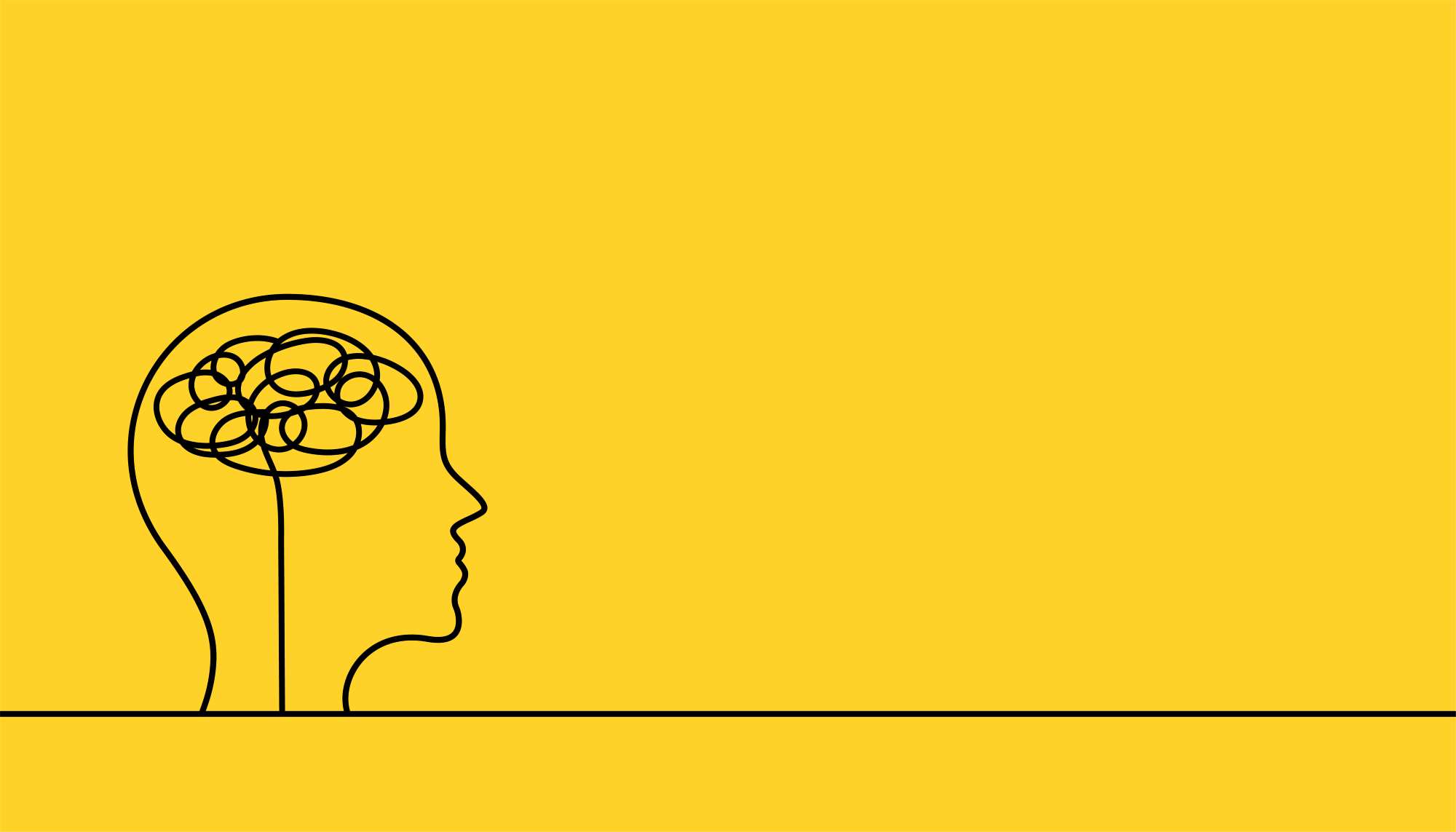How to crush limiting beliefs once and for all
You’ve identified your limiting beliefs. You know exactly which thoughts have been running your life, sabotaging your opportunities, and keeping you stuck. Now what?
Here’s where most people get it wrong – they think awareness is enough. They think that just knowing their beliefs are “limiting” will magically make them disappear.
But the truth is that your brain doesn’t care that you’ve figured out these beliefs are holding you back. It’s going to keep running the same old programming until you actively reprogram it.
Reading about limiting beliefs won’t change your life. Understanding them won’t set you free. You have to do the work to break them down and build something better in their place.
If you haven’t identified your specific limiting beliefs yet, start with How to identify limiting beliefs that sabotage you first. Because knowing what’s wrong is just step one. Now it’s time to destroy it.
Why limiting beliefs don’t just disappear when you identify them
Your brain has been practicing these beliefs for years, maybe decades. They’ve become automatic – like a default setting that runs in the background of everything you do.
Just because you know that “I’m not good enough” isn’t true doesn’t mean your brain stops using that belief to filter every opportunity, every compliment, every chance for growth.
Think of it this way: If you’ve been driving the same route to work for ten years, you don’t consciously think about every turn. Your brain just runs the familiar pattern. Limiting beliefs work the same way – they’re mental shortcuts your brain uses to make sense of the world, even when those shortcuts are leading you nowhere good.
The real problem? Most people try to fight limiting beliefs with positive thinking or affirmations. But you can’t think your way out of beliefs that live in your nervous system. You have to prove them wrong with actions.

Why limiting beliefs feel so real
Let’s look at what’s actually happening in your brain when a limiting belief gets triggered:
- Opportunity or challenge appears.
- Your brain scans for relevant beliefs about your capabilities.
- Limiting belief activates: “People like me don’t do things like that.”
- Your nervous system responds as if this belief is fact.
- You make decisions based on this “fact.”
This happens in milliseconds, without your conscious awareness. By the time you’re consciously thinking about the opportunity, your brain has already decided you can’t handle it.
The solution isn’t fighting the belief – it’s creating new neural pathways that are stronger than the old ones.
Reality check: Your limiting beliefs aren’t going anywhere just because you want them to. They’re going to fight you every step of the way. But that doesn’t mean you can’t win.
The foundation: Understanding what you’re really up against
Before you can crush a limiting belief, you need to understand what’s keeping it alive. Most limiting beliefs survive because they’re getting fed by three things:
- Confirmation bias: Your brain looks for evidence that proves the belief right and ignores evidence that proves it wrong.
- Emotional investment: You’ve been carrying this belief so long, it feels like part of your identity.
- Safety mechanism: On some level, this belief feels like it’s protecting you from disappointment, rejection, or failure.
Until you address all three of these, your limiting belief will keep coming back like a bad habit.

The 4-step framework to break limiting beliefs
This isn’t about positive thinking or pretending your beliefs don’t exist. This is about systematically breaking down the mental structures that keep you small.
Step 1: Challenge the “evidence”
Your limiting belief feels true because you’ve been collecting “evidence” for it for years. Time to cross-examine that evidence like your life depends on it.
Write down the main reasons you believe this limiting belief is true. Then ask yourself:
- Is this actually evidence, or just my interpretation of what happened?
- What other explanations could there be for this situation?
- If my best friend had this exact experience, would I tell them it proves they’re not good enough?
Example: You believe “I always fail at everything.”
Evidence: “I quit my diet after two weeks.”
Reality check: Did you actually fail, or did you just choose a diet that wasn’t sustainable? Is one diet really evidence about your entire character?
Most “evidence” for limiting beliefs breaks down under honest examination.
Step 2: Create a believable alternative
Don’t try to jump from “I’m worthless” to “I’m amazing” overnight. Your brain won’t believe it.
Instead, create bridge beliefs – thoughts that feel more true than your limiting belief but aren’t so far from reality that your brain rejects them.
Limiting belief: “I never finish anything I start.”
Bad replacement: “I always complete everything perfectly.”
Good replacement: “I’m learning to follow through on things that matter to me.”
The replacement belief formula that actually works:
- “I’m learning to…”
- “I’m getting better at…”
- “I’m working on…”
- “I’m capable of…”
Step 3: Collect counter-evidence daily
Now you’re going to become obsessed with proving your new belief right instead of proving your old belief right.
Every day, write down one thing you did that supports your new belief. It doesn’t have to be huge – small evidence counts.
Example: If your new belief is “I’m learning to follow through,” your evidence might be:
- Finished reading an article instead of skipping to the end.
- Completed your morning routine even though you didn’t feel like it.
- Called your mom back instead of putting it off.
Each piece of evidence makes your new belief stronger and your old belief weaker.
Step 4: Take small actions that contradict the old belief
This is where real change happens. You have to actively do things that your limiting belief said were impossible.
Start ridiculously small: If you believe you’re “not a creative person,” spend five minutes doodling. If you believe you’re “terrible with money,” track your spending for one day.
Why small actions work: They prove to your nervous system that the belief isn’t actually true. Every time you do something your limiting belief said was impossible, you weaken its hold on you.

The mistakes that keep people stuck
Mistake #1: Trying to change too many beliefs at once
Pick one limiting belief and focus on it completely before moving to the next one. Trying to change everything at once leads to changing nothing.
Mistake #2: Focusing on the feeling instead of the action
You don’t have to feel confident to take confident actions. Action comes first, feeling follows.
Mistake #3: Giving up after the first challenge
Your limiting belief is going to fight back. The first time you try something new, your brain will flood you with reasons why you should quit. This is normal. Keep going anyway.
Mistake #4: Making it about perfection
You’re not trying to become perfect. You’re trying to become someone who doesn’t let limiting beliefs make decisions for you.
Warning signs your limiting belief is fighting back
As you start challenging your limiting beliefs, they’re going to resist. That might look like:
- Sudden overwhelm: “This is too hard, I should just accept who I am.”
- Analysis paralysis: “I need to understand more before I can take action.”
- Perfectionism: “If I can’t do this perfectly, I shouldn’t try at all.”
- Comparison spiral: “Everyone else makes this look so easy.”
When these show up, don’t fight them. Just notice them, acknowledge that your belief is scared of losing its power, and take one small action anyway.

How small changes add up to big transformation
Crushing limiting beliefs isn’t about one big breakthrough moment. It’s about small, consistent actions that add up over time.
- Week 1: You’re forcing yourself to take tiny actions that feel uncomfortable.
- Week 2: Those actions start feeling slightly more natural.
- Week 3: You catch yourself automatically choosing the new response.
- Week 4: The old belief starts feeling foreign, like something you used to think.
The transformation happens so gradually that you don’t notice it day to day. But looking back after a month, you’ll be shocked at how different you feel.
How to maintain momentum when it gets hard
Create accountability: Tell someone about the belief you’re working to change and ask them to check in with you weekly.
Track your wins: Keep a list of every time you acted against your limiting belief, no matter how small.
Expect resistance: Your brain is going to try to pull you back to the familiar pattern. Plan for this instead of being surprised by it.
Focus on identity, not outcomes: Instead of “I want to be more confident,” think “I am someone who acts with confidence even when I feel scared.”
The life waiting for you on the other side
When you crush your limiting beliefs, you don’t just feel better about yourself – you become a different person. You start making decisions from possibility instead of fear. You stop apologizing for wanting things. You stop making yourself small to make others comfortable. This transformation often requires learning to set boundaries and protecting the progress you’re making.
You begin pursuing opportunities that used to terrify you. You have conversations you used to avoid. You take risks that used to seem impossible. Most importantly: You stop living according to stories that were never true about you in the first place.
The person you could become without these beliefs is already inside you. They’re just waiting for you to stop believing the lies and start living the truth.
Let’s be real – how much longer are you going to let these beliefs run your life? You’ve already done the hard work of identifying them. Now it’s time to destroy them once and for all.

Your next step (because reading isn’t changing)
Here’s what I want you to do right now:
- Step 1: Pick ONE limiting belief from your identification work – the one that’s been controlling your decisions the most.
- Step 2: Write down the main “evidence” that makes this belief feel true.
- Step 3: Challenge each piece of evidence with the questions from step 1 above.
- Step 4: Create one bridge belief using the formula: “I’m learning to…”
- Step 5: Take one tiny action today that contradicts the old belief.
You’ve been living according to these beliefs for years. Where has it gotten you? Maybe it’s time to try something different.
Ready to do the deeper work? The Limiting beliefs (30 days) workbook gives you a complete, structured system to systematically destroy every limiting belief holding you back. With 30 days of specific exercises, evidence-collection templates, and advanced techniques for stubborn beliefs, you’ll have everything you need to rewrite your mental programming for good.
Because reading about change is one thing – actually doing the daily work that creates lasting transformation is another.
Time to stop believing the lies and start living your truth.
Get the Limiting beliefs workbook and start rewriting your story today.







